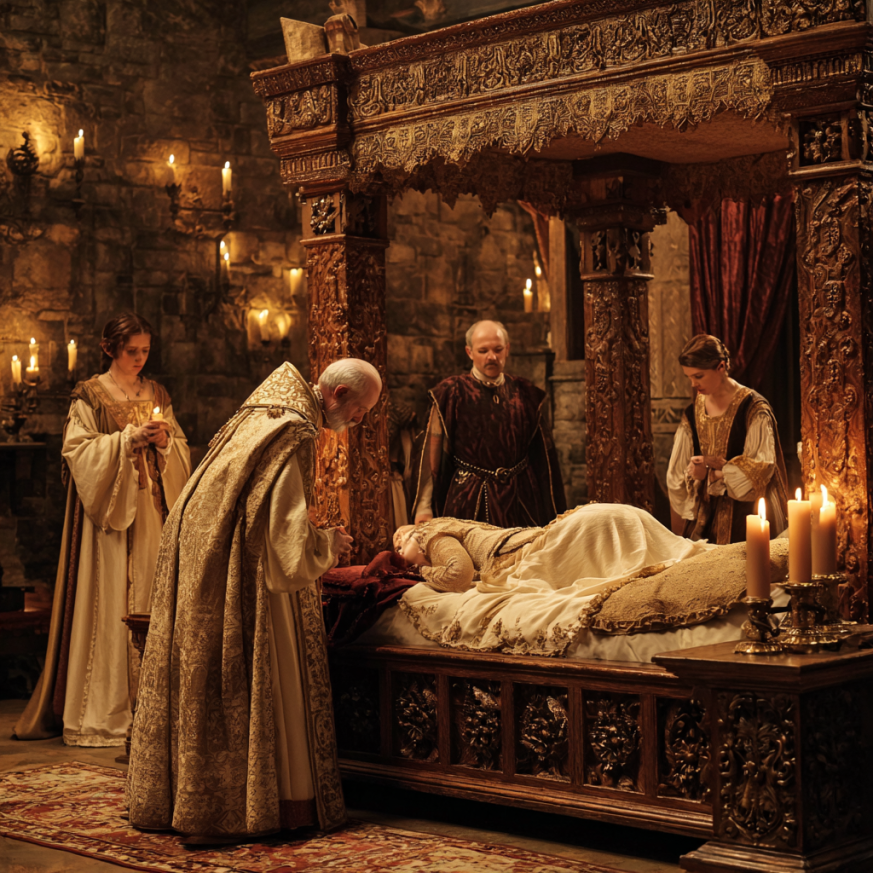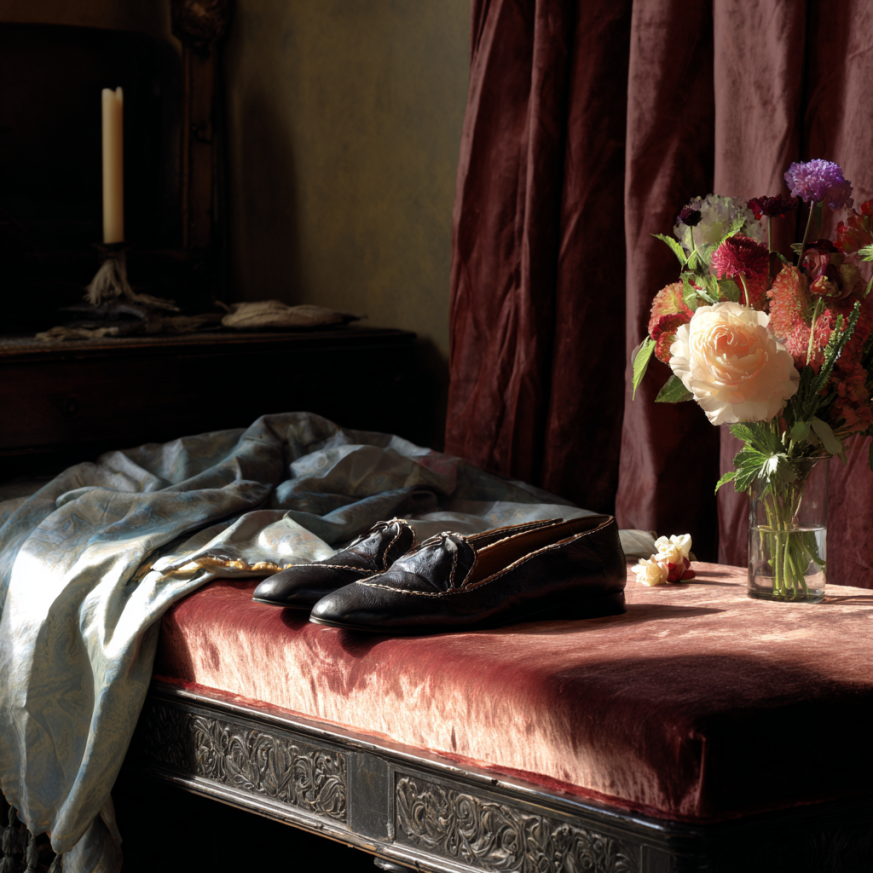Bedding Ceremonies in Renaissance Europe: Rituals, Symbolism & Social Meaning
Bedding ceremonies in Renaissance Europe were public affirmations of union, legitimacy, and social structure, steeped in fascinating symbolism and ritual. These traditions, rich in both pomp and meaning, give us insight into how deeply sleep, marriage, and social customs were intertwined during the Renaissance.
Key Takeaways
- Bedding ceremonies in Renaissance Europe were vital social rituals that helped legitimize marriages.
- These events often combined public display with personal transition, symbolizing both unity and fertility.
- Customs varied by country, class, and religion, but shared the common goal of establishing a socially recognized union.
- The physical setting—including the bed itself—was carefully curated to reflect status and tradition.
What Is a Bedding Ceremony?
A bedding ceremony was a formal, often theatrical ritual that marked the moment a newly married couple was brought to their marital bed. These ceremonies served as both a legal and symbolic consummation of the marriage, often involving family members, clergy, and even community elders. Depending on the region, this could include leading the couple to bed in a candlelit procession, offering ceremonial blessings, or publicly verifying the couple’s union the next morning.
In England, for instance, the clergy might bless the marriage bed and sprinkle it with holy water before the couple retired for the evening. In France, the bride and groom were sometimes undressed by family members as a symbolic gesture of transition from their single lives into their new union. Even royalty wasn’t exempt—bedding ceremonies in Renaissance Europe for monarchs were formal state affairs, often witnessed by dozens of courtiers.
These customs weren’t just quaint relics—they were functional societal tools. As historian David Cressy puts it, these rituals helped ensure that a marriage was not just a private matter, but a public contract, witnessed and remembered by the community. Britannica has a detailed entry on medieval and Renaissance marriage customs.

Top Benefits of Studying Bedding Ceremonies in Renaissance Europe
1. Cultural Insight
Diving into the world of Renaissance bedding ceremonies gives us more than historical trivia—it opens a window into how people thought about love, commitment, and community. These events were laced with symbolism, from the type of linens used to the arrangement of the bedroom itself. For instance, the presence of witnesses during the ceremony wasn’t just for tradition—it affirmed the legitimacy of the union and set a foundation for any future legal or familial disputes.
Think of it as the Renaissance version of posting your wedding on social media—except instead of likes and comments, you got official recognition and a nod from the church.

2. Social Significance
Bedding ceremonies in Renaissance Europe were deeply tied to status and societal order. Nobility often turned these events into extravagant affairs, using ornate bedding, elaborate chamber settings, and ceremonial wine offerings to reinforce their power and prestige. For commoners, the ceremony might have been simpler, but no less meaningful. It was a moment to gather, support, and witness a foundational life milestone.
Even the act of bedding was laden with symbolism—marking the beginning of a new household, the hope for future heirs, and the merging of two family lineages.

3. Architectural Influence
The importance of bedding ceremonies in Renaissance Europe had a direct impact on bed design and bedroom architecture. The grand four-poster bed, for example, became a centerpiece—not just for sleep, but for ceremony. Heavy curtains, intricate wood carvings, and rich fabrics weren’t just for looks; they reflected the weight of the ritual that unfolded around them.
If you’d like to compare these features to global designs, check out our comprehensive guide on bed designs from around the world.

FAQ
- What was the purpose of bedding ceremonies in Renaissance Europe?
- They legitimized marriages publicly, reinforced social traditions, and validated union through community witnesses.
- Did all social classes participate in bedding ceremonies?
- Yes, though ceremonies varied by class, religion, and region—from simple gatherings to royal court events.
- How did bedding ceremonies influence bedroom design?
- They elevated the marital bed to a ceremonial centerpiece, influencing four-poster designs, drapery, and chamber décor.











